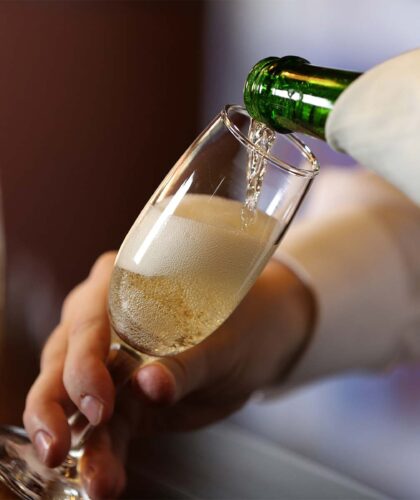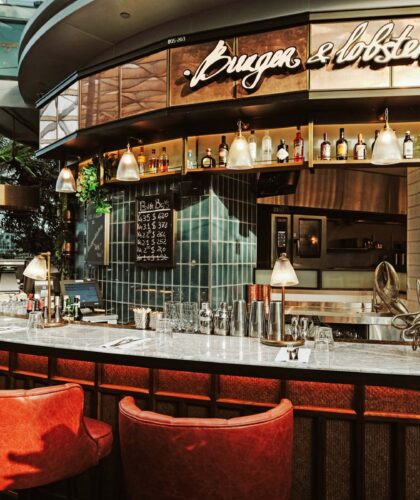A morning cuppa, or mid-day pick-me-up. The humble cup of tea has many avatars. Depending on the part of the world you are in, a cup of tea could be hot or iced, with or without milk, steeped with spices, or simply straight up. Tea leaves could also differ in variety, blend, texture (leaves or powdered) and type. If you are in a multicultural city (say, Singapore), a cup of tea can mean many things. It could be a hand-pulled teh tarik, a spot of English Breakfast, a sinfully milky boba tea or a herbal infusion.
1. Masala Chai, India
You would think that the largest tea producers of the world would prefer to drink the beverage straight up. You’ll be wrong. Marrying India’s two major exports – tea and spices, the masala chai is made by brewing black tea dust (stronger in flavour, and more aromatic than leaves) with cardamom pods, cinnamon sticks, ground cloves, ginger and peppercorns. Milk is added, and it is generously sweetened before being sipped out of little earthen cups on every street corner. The spice blend varies depending on the part of India you are in; fennel, anise and nutmeg may also be used, cardamom, however, is a constant. In New Delhi, masala chai can be had everywhere, from humble hawker stalls to plush hotels.
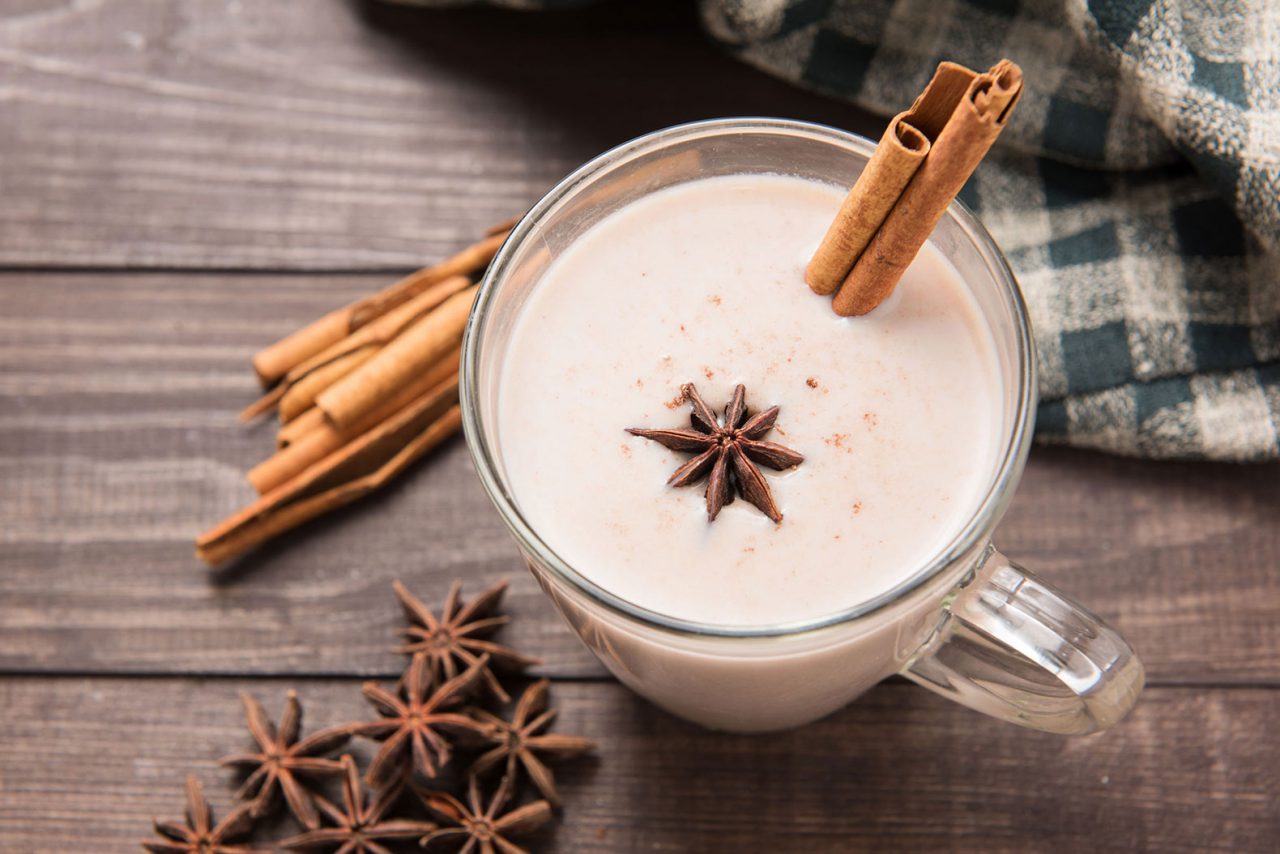
2. Bubble Tea, Taiwan
The popularity of this tea-based drink may have gone global, but it came about ‘accidentally’ in the 1980s when tapioca pearls were added to a cup of milky tea in Taichung, Taiwan. It goes by many names – pearl milk tea, bubble milk tea, or boba tea. Traditionally, it is a mixture of Taiwanese black tea, tapioca pearls, condensed milk and sweetened syrup (served hot or cold). Today, a huge part of this drink’s appeal lies in its many flavoured versions; it can be flavoured with fruit pulp, green tea powder, chocolate, oolong tea and several other creative concoctions. What is characteristic to bubble tea, is the bubble (also known as boba). These small tapioca balls are dense, chewy and toothsome (or QQ, as the Taiwanese say) in texture, but neutral in flavour. They’re usually steeped in a sweet syrup before being added into the tea.
SEE ALSO: Different types of coffee around the world and how they’re prepared
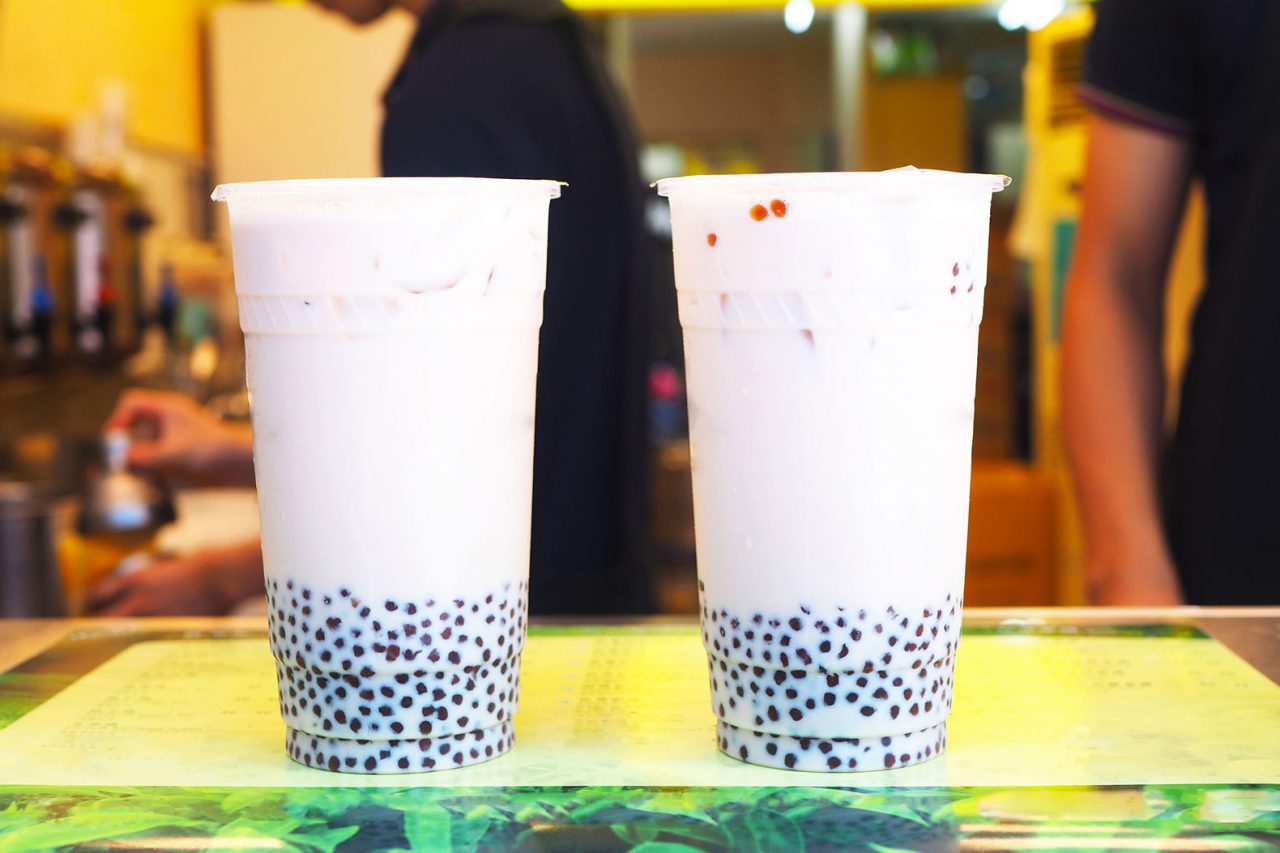
3. Matcha, Japan
You may have tried the finely milled green tea powder in desserts, cocktails or trendy iced drinks, but the proper way to consume matcha can be traced back to the traditional Japanese tea ceremony (it was brought to Japan from China in the 12th century, but has won the favour of the Japanese, who today produces the highest quality of matcha in the world). The Japanese drink it straight up, by dissolving the powder in water (rather than boiling) either into a thin usucha or thick koicha tea. The thinner tea is more commonly served at teahouses in Japan and attention to detail is paid to everything, from the tea equipment (the whisk, bowl and scoop), to the water’s temperature, etiquette, and the practised movements used during the ceremony. The ceremony may be a part of an elaborate kaiseki meal, or a shorter event paired with a variety of bite-sized confectionery called wagashi, designed to complement its pleasant bitter taste.
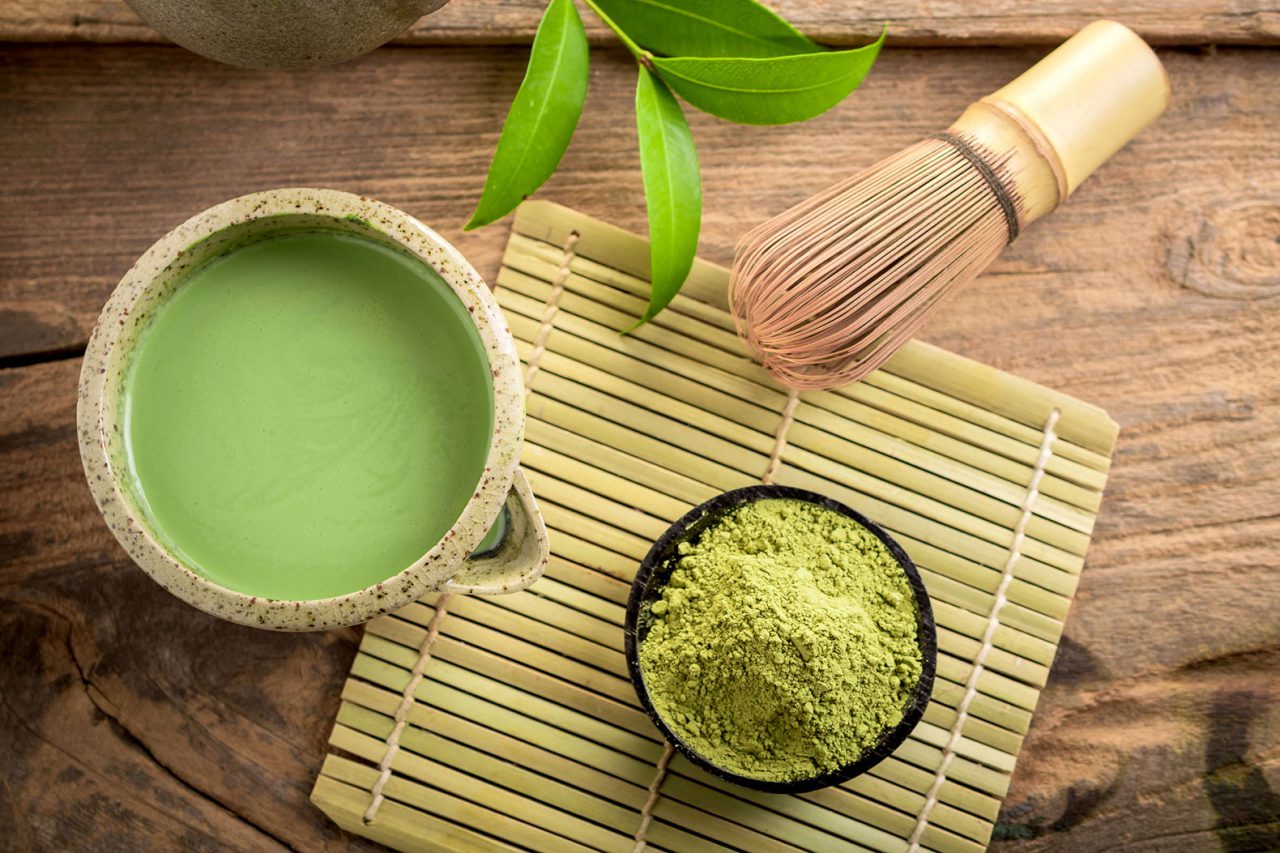
4. Ying Yang, Hong Kong
If a cup of coffee or tea will not do the trick, in Hong Kong you can mix them up to create a unique beverage called the Ying Yang or Yinyong. It is a mixture of three parts coffee and seven parts Hong Kong-style milk tea, served hot or cold. Weird? Yes. But this caffeinated kick is a sweet drink that is an acquired taste. Widely available at Hong Kong’s cha chaan tengs (cafes), the tea here is made with black tea and condensed or evaporated milk.
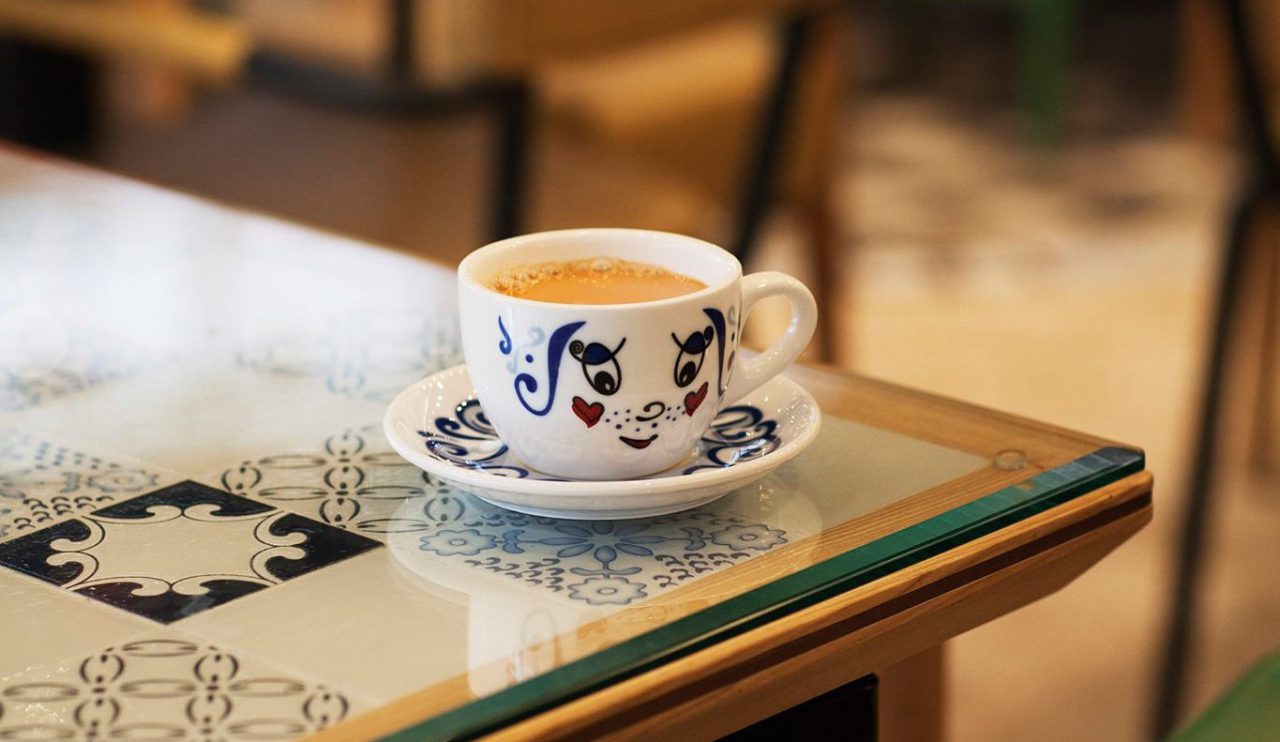
5. Teh Tarik, Singapore and Malaysia
In Singapore and Malaysia, the tea is usually served milky, sweet and with a layer of froth. In an authentic kopitiam (Malay-Hokkien mash-up term for coffee shop), your frothy tea would be hand-pulled and goes by the name teh tarik. Tea ‘dust’ (left over once the finer leaves have been picked for export) from black tea is strongly brewed and served with condensed or evaporated milk; if you choose to have it brewed with ginger, ask for teh halia. This style of tea drinking was brought to the region by Indian-Muslim immigrants and bears a slight resemblance to chai.
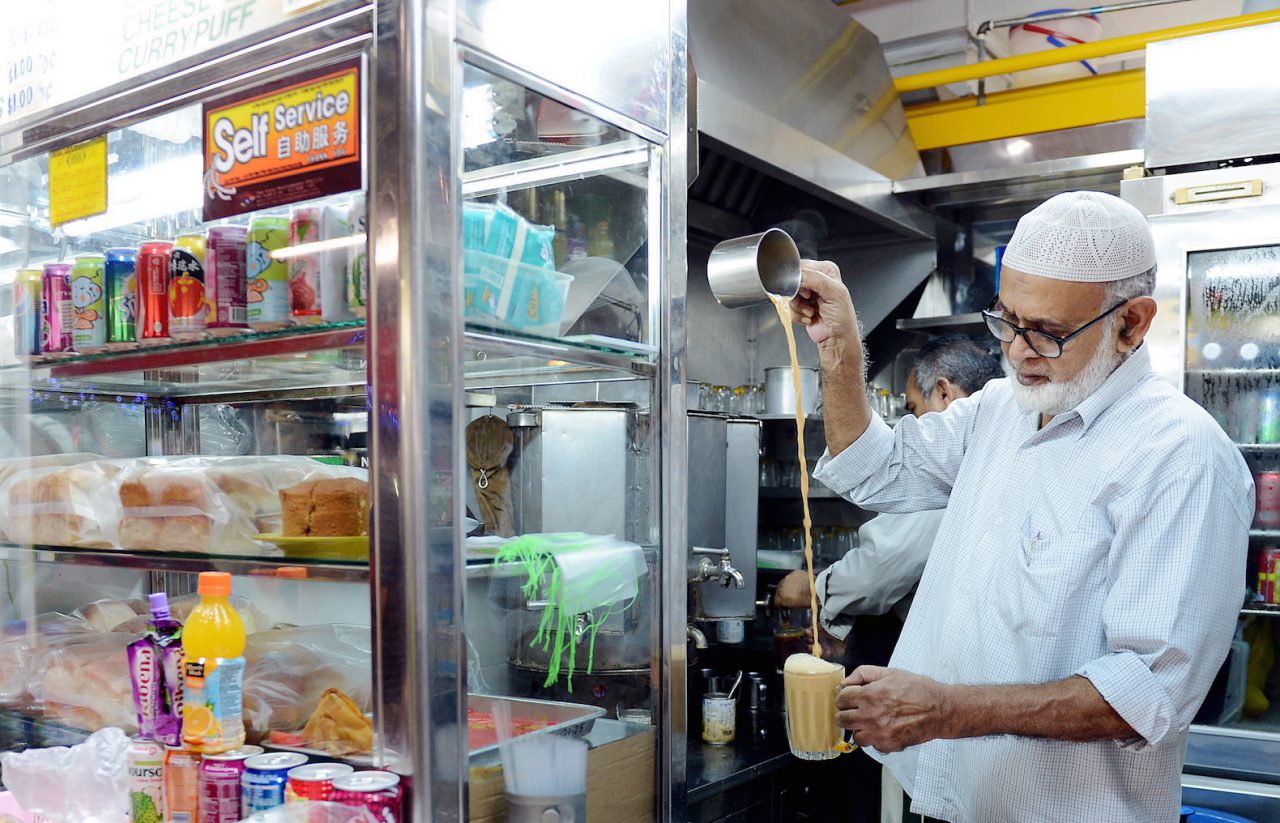
6. Thai Iced Tea or Cha Yen, Thailand
Thailand’s version of tea is as aromatic and flavour-packed as their food. Unsurprisingly, the flavour is lent by spices – star anise, cardamon and cloves. In Thailand, tea is a sweetened, iced drink (great for combating the heat from their spicy curries) called cha yen. Locally grown red tea, or Ceylon black tea is brewed with spices, sweetened with sugar and condensed milk and finished off with a splash of coconut milk and topped off with tons of crushed ice. A bit of orange blossom water may be added to lend it a deeper hue. It tastes as heavenly as it sounds. It is available everywhere in Bangkok, from street carts to both casual and posh restaurants.
SEE ALSO: Best places for afternoon tea around the world
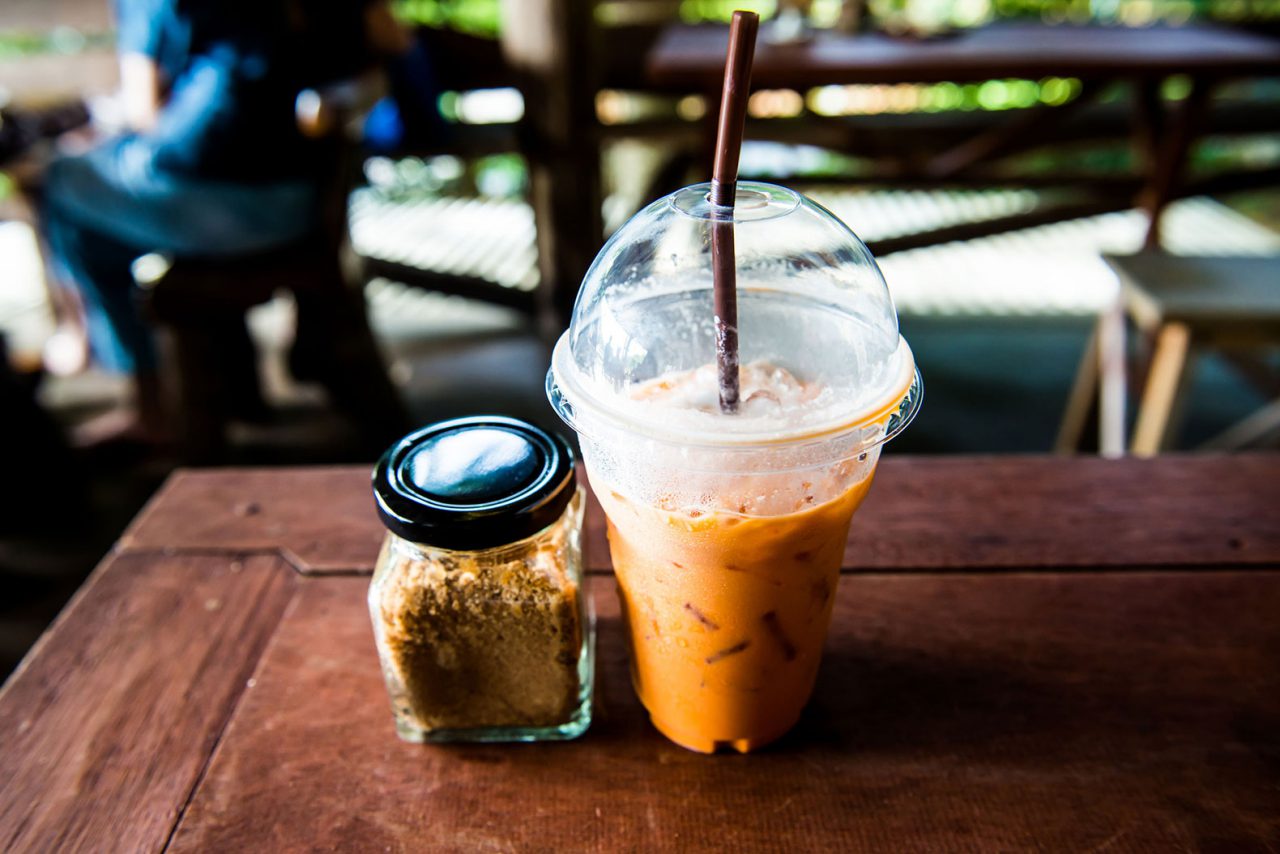
7. Cay, Turkey
In Istanbul, it is not uncommon to see locals sipping a red-hued brew from small tulip-shaped glass cups. The local Turkish tea is a black tea (brewed without milk) and is called cay (pronounced ‘chai’). Brewed in a double-tiered pot, where the leaves and liquid are kept separate until the boiling point is reached, this results in a non-bitter brew. Worthy accompaniments to Cay are sweet nibbles of nutty baklava.
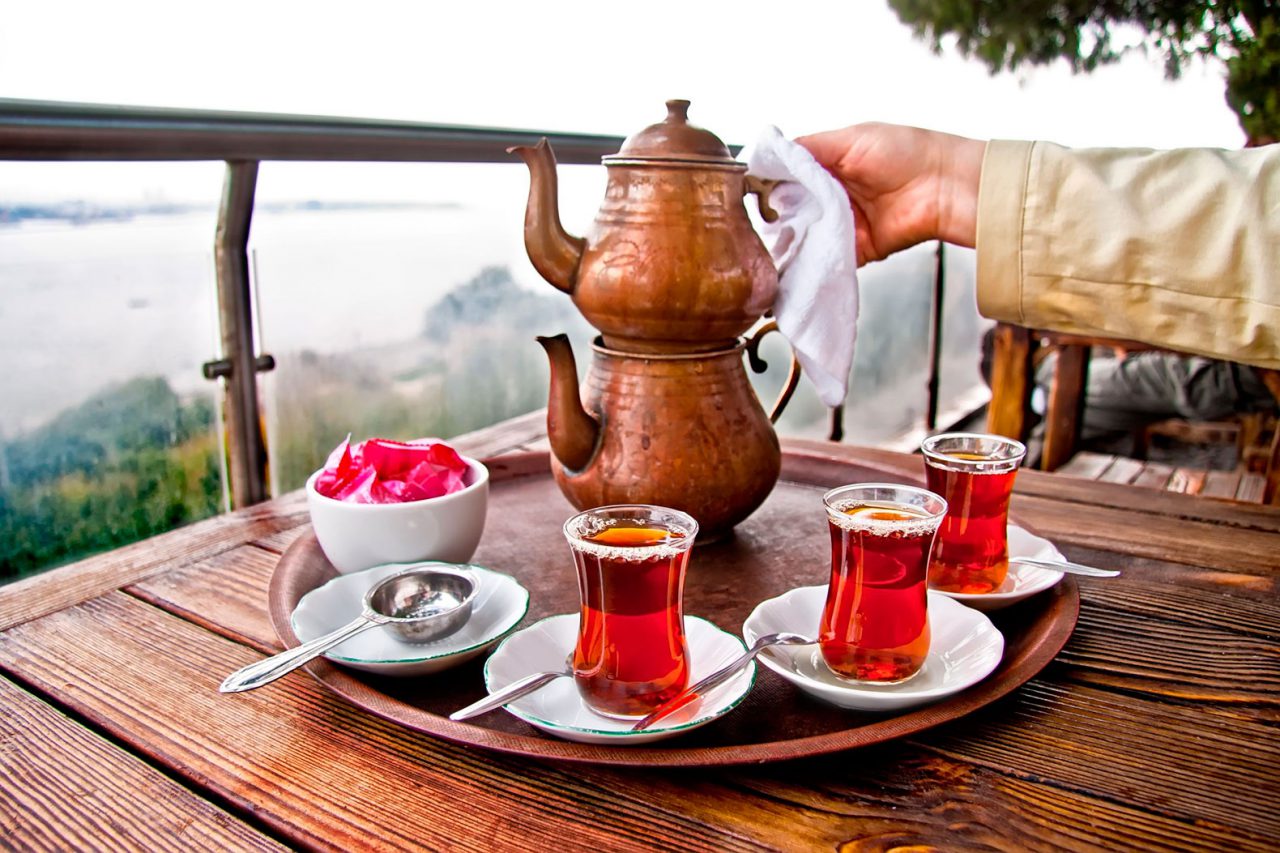
8. Gong Fu Tea, China
China is the world’s largest producer (and exporter) of tea leaves and related products. The traditional Chinese tea ceremony, or Gong Fu Cha is a very detailed process. From the elaborate washing and service rituals, to the precise use of tureens, strainers, tongs, tea towels, brewing trays, and ‘scent cups’ which are used enjoy the aroma of the tea itself. The ceremony is performed by a tea master, and the movements may differ depending on the type of tea being offered. You could be trying a white, green, black, oolong (sun-withered and oxidised tea before curling and twisting) or pu-erh (fermented tea) and the brewing time for each is different and precise. The method of pouring the tea into individual drinking cups, is a ritual as well. Even without a ceremony, tea in China is always consumed pure, and never adulterated with milk or sweeteners.
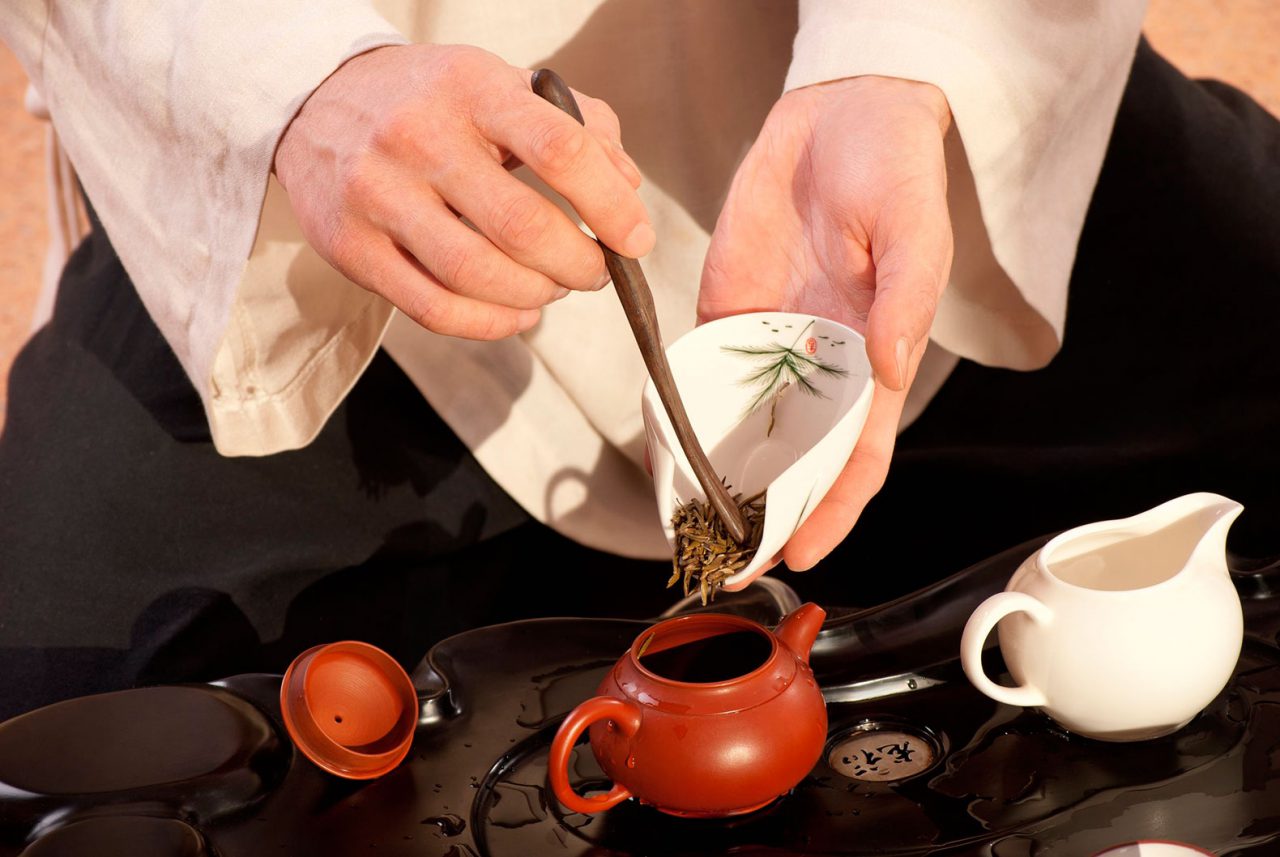
9. Rooibos Tea, South Africa
This caffeine-free red tea extracted from the Rooibos plant is grown exclusively in South Africa. Once brewed, the resultant tea has a naturally mild and sweet flavour so it is served without sugar or milk. Since it is not made with tea leaves, rooibos is considered a herbal ‘tisane’ with numerous health benefits and high antioxidants.
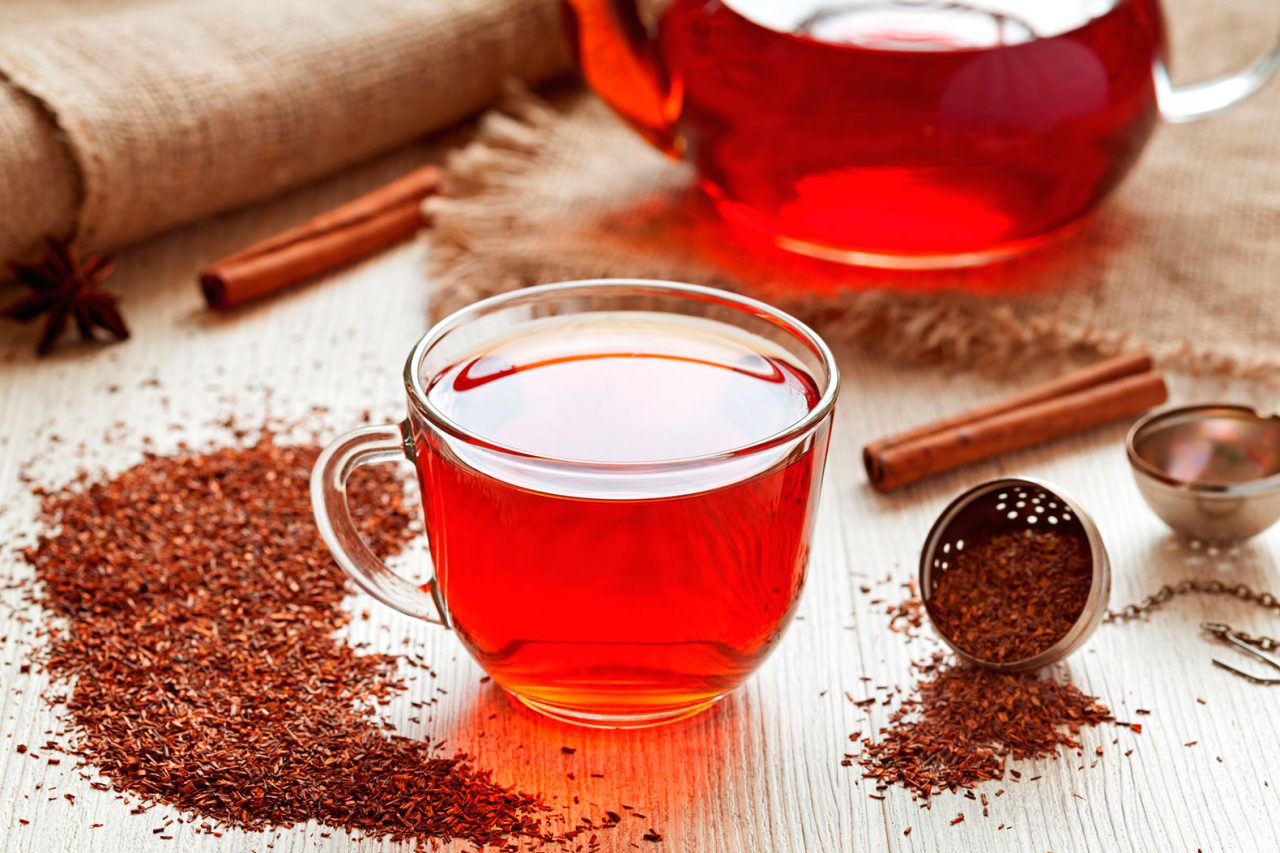
10. Cream Tea, England
Tea time in England conjures up images of tiered plates, dainty sandwiches, fine pastries and crumbly scones. The tea itself could be first-flush Darjeeling, a single-estate Assam or Earl Grey. While the quintessential English afternoon tea is a meal that has transcended global borders, particular to the Cornwall and Devon Region is the in-between meal called ‘cream tea’. Here, a pot of perfectly brewed tea is paired with crumbly scones, sticky fruit jam and lashings of clotted cream – that is all. The tea itself should be a strong black tea (Darjeeling, Assam or English Breakfast) that is taken with or without a bit of milk. Seek this out in traditional, non-touristy tea rooms in the West of England.
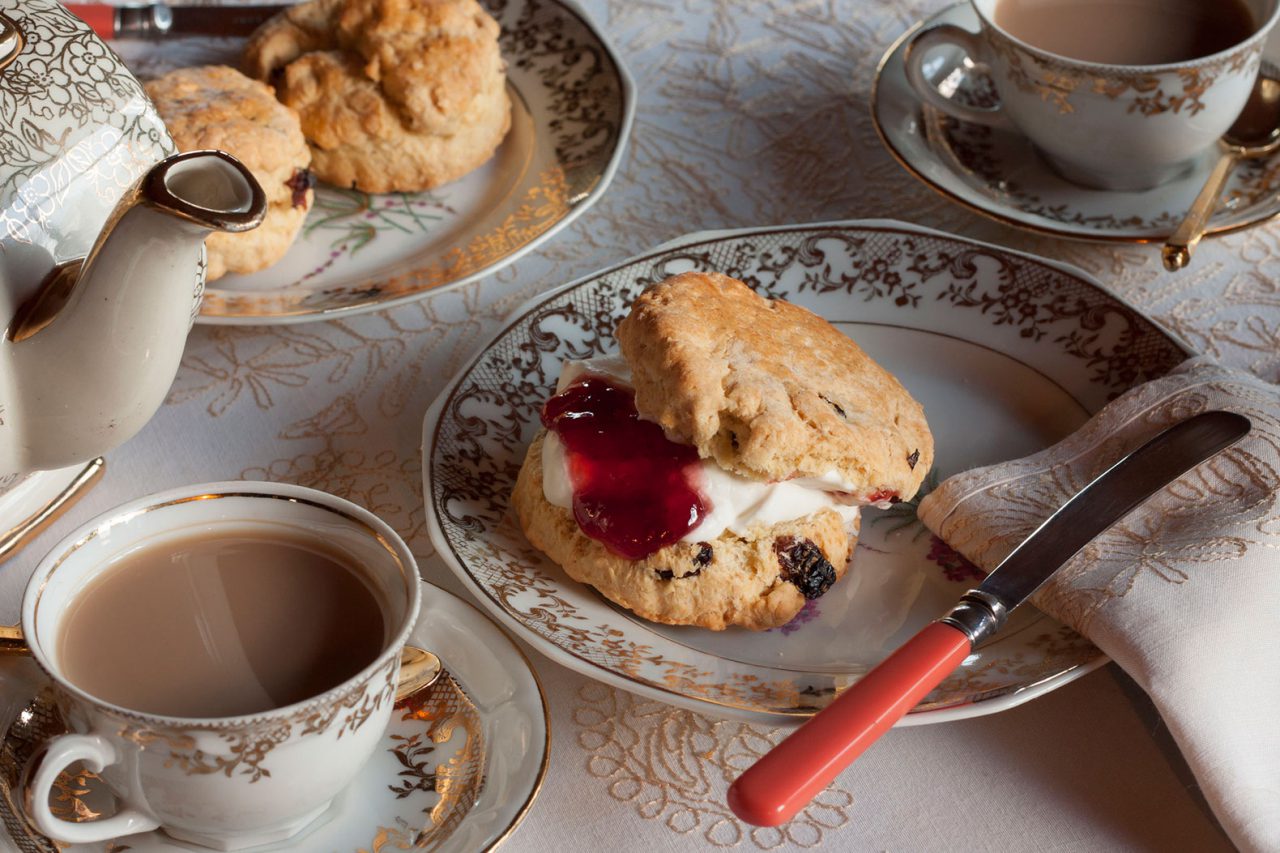
– TEXT BY PRIYANKA AGARWAL
PHOTOS: 123RF.COM, TSUI WAH RESTAURANT FACEBOOK, SINGAPORE PRESS HOLDINGS
This article was originally published by Singapore Press Holdings.

